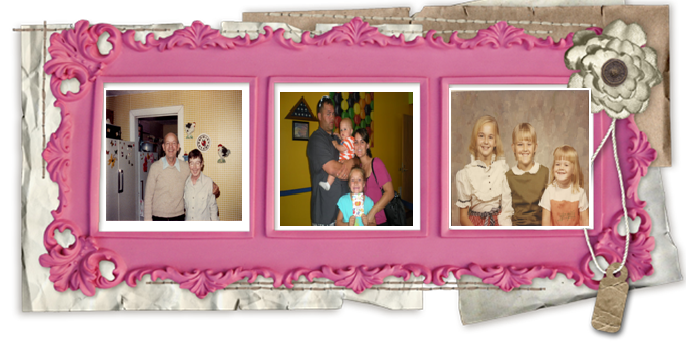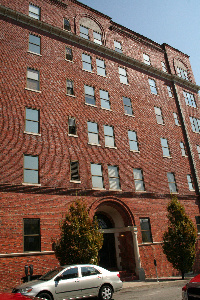| Jailer's Inn Bed & Breakfast - Bardstown, KY |
The Jailer's Inn, now a bed and breakfast, was the former Nelson County Jail. It was in operation from 1797 until 1987, and today it is listed on the National Register of Historic Places. The front building is the oldest, constructed in 1819. The back building was constructed in 1874, and it is surrounded by a tall stone wall.
Now, being able to sleep in an old jail is cool enough. But it's even better when it's supposedly haunted! Many visitors see the prisoner's ghosts roaming the halls, and almost everyone has heard unexplainable footsteps while staying there. One of the most well known ghosts at the jail is that of Martin Hill. Martin Hill was convicted of the murder of his wife, and was sentenced to execution by hanging. The execution was scheduled to take place at the gallows behind the Nelson County Jail. However, he died in his cell before they could hang him. His death was very painful, and witnesses claimed they could hear him crying and moaning in agony from his cell. Some believe it was the spirit of his wife who slowly killed him in revenge.
I hadn't read the ghost stories before staying at The Jailer's Inn; I thought I saw someone write on the wall, and I heard a crying baby. There were no guests that had children. Robin thought she saw the night gown on the wall move.
You know, I don't know if these were ghosts sighting or that we were way tired! The most scariest thing that happened to us was that we had to walk through the graveyard from the parking lot behind the inn after going to "The Stephen Foster Story" at around midnight. I was being brave and trying to scare my big sis, and then I started to get scared.
In my opinion the room at The Jailers Inn was nice enough; some of the furniture and such was worn out and things were taped together. I still don't understand that the claw foot bathtub was painted blue. It would have been so pretty restored, but I guess in a very small town you have to be thrifty. The beds were way comfortable though. I probably would not stay here again, but you have to stay here at least once to see if you experience the paranormal activity and to learn all history. Jails are not made like this today.
Robin and I was off to Louisville, KY after solving the riddle, but that riddle was so much fun and solving it with my sister was even better.
So much fun!



